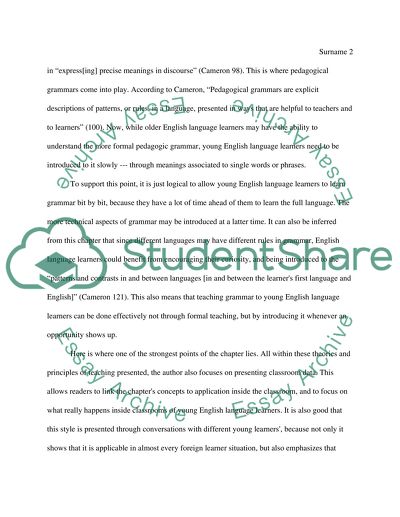Cite this document
(“Learning English by Lynn Cameron. Learning Literacy Skills, Grammar Essay”, n.d.)
Retrieved from https://studentshare.org/education/1397464-learning-english-by-lynn-cameron-learning-literacy-skills-grammar-and-learning-through-stories
Retrieved from https://studentshare.org/education/1397464-learning-english-by-lynn-cameron-learning-literacy-skills-grammar-and-learning-through-stories
(Learning English by Lynn Cameron. Learning Literacy Skills, Grammar Essay)
https://studentshare.org/education/1397464-learning-english-by-lynn-cameron-learning-literacy-skills-grammar-and-learning-through-stories.
https://studentshare.org/education/1397464-learning-english-by-lynn-cameron-learning-literacy-skills-grammar-and-learning-through-stories.
“Learning English by Lynn Cameron. Learning Literacy Skills, Grammar Essay”, n.d. https://studentshare.org/education/1397464-learning-english-by-lynn-cameron-learning-literacy-skills-grammar-and-learning-through-stories.


